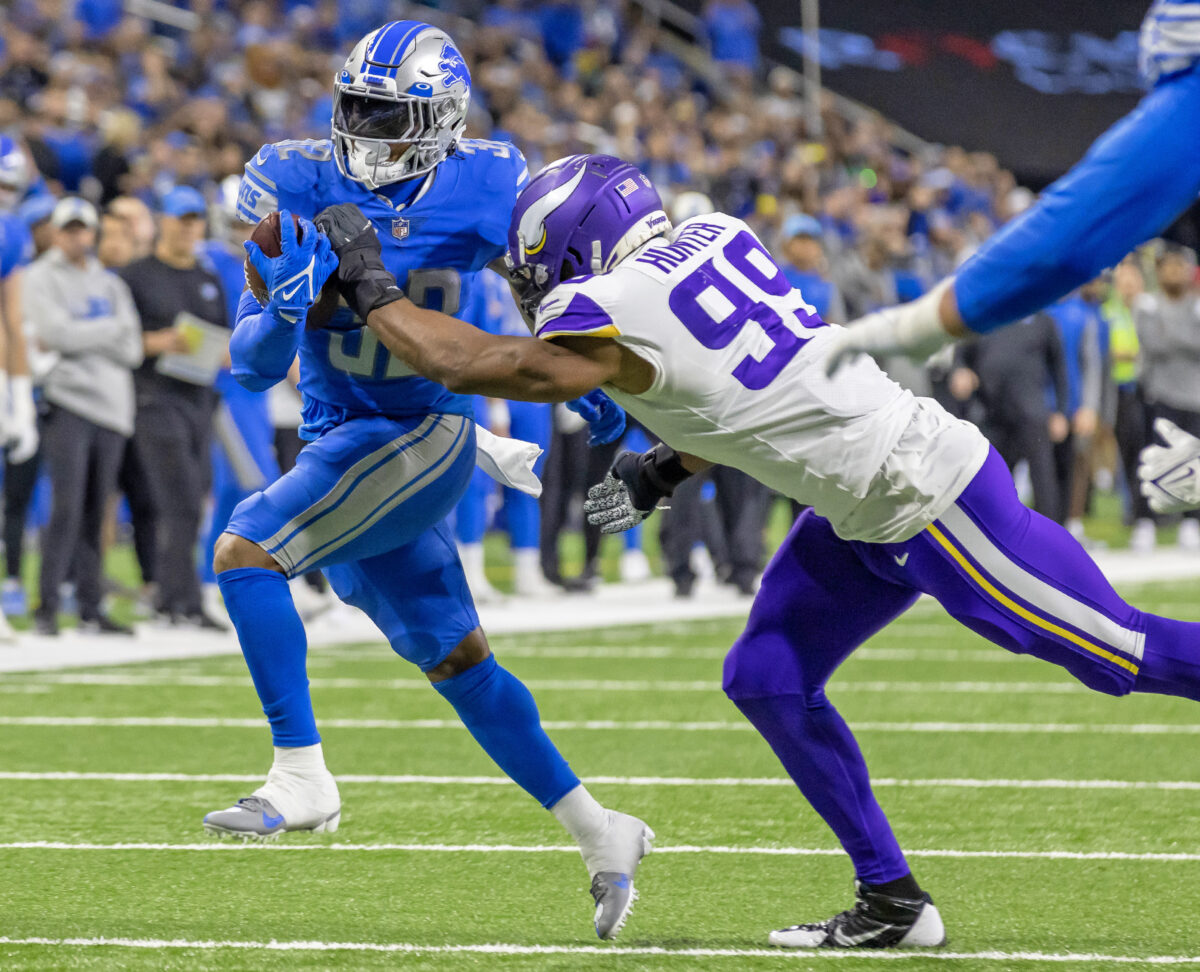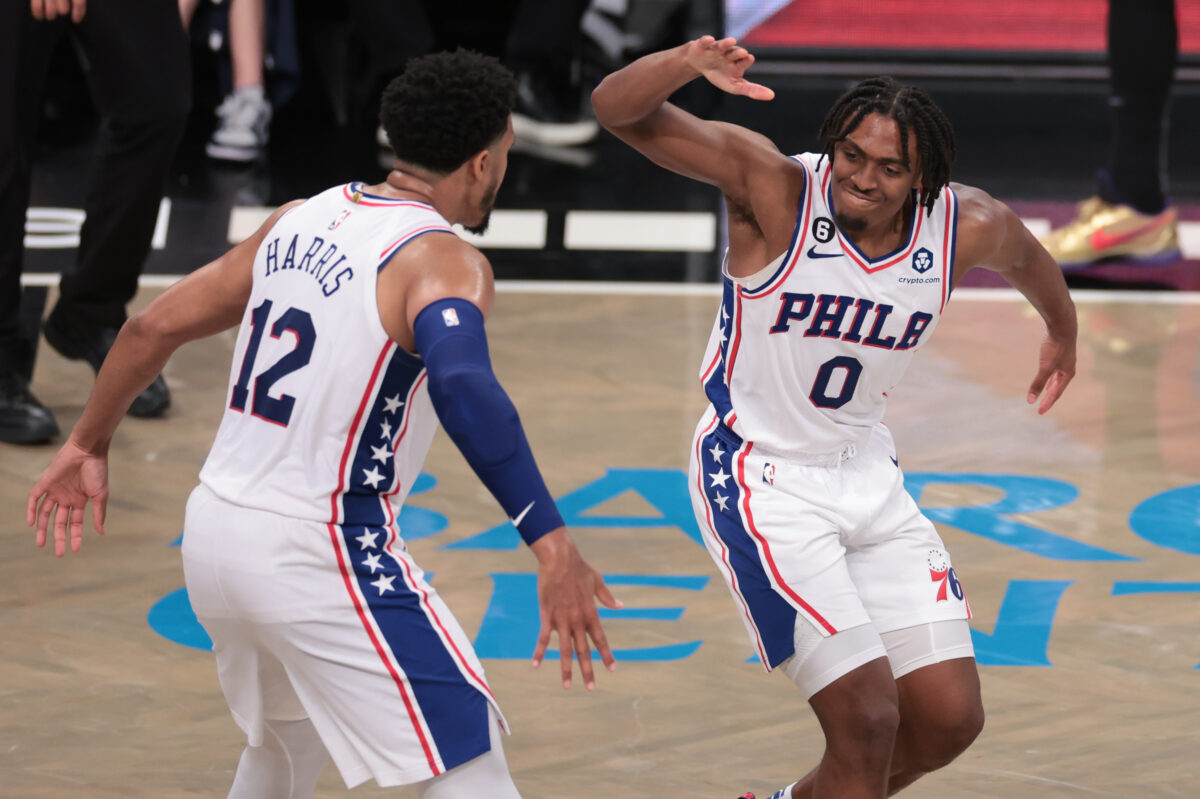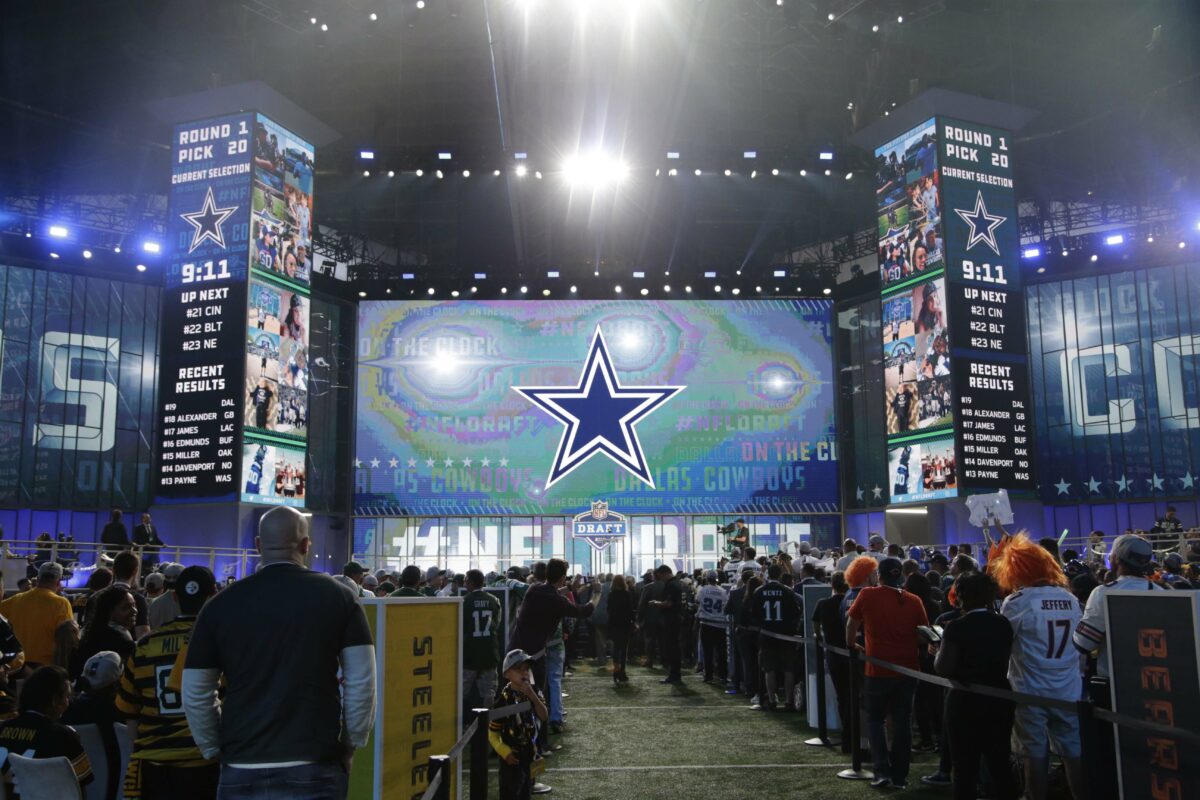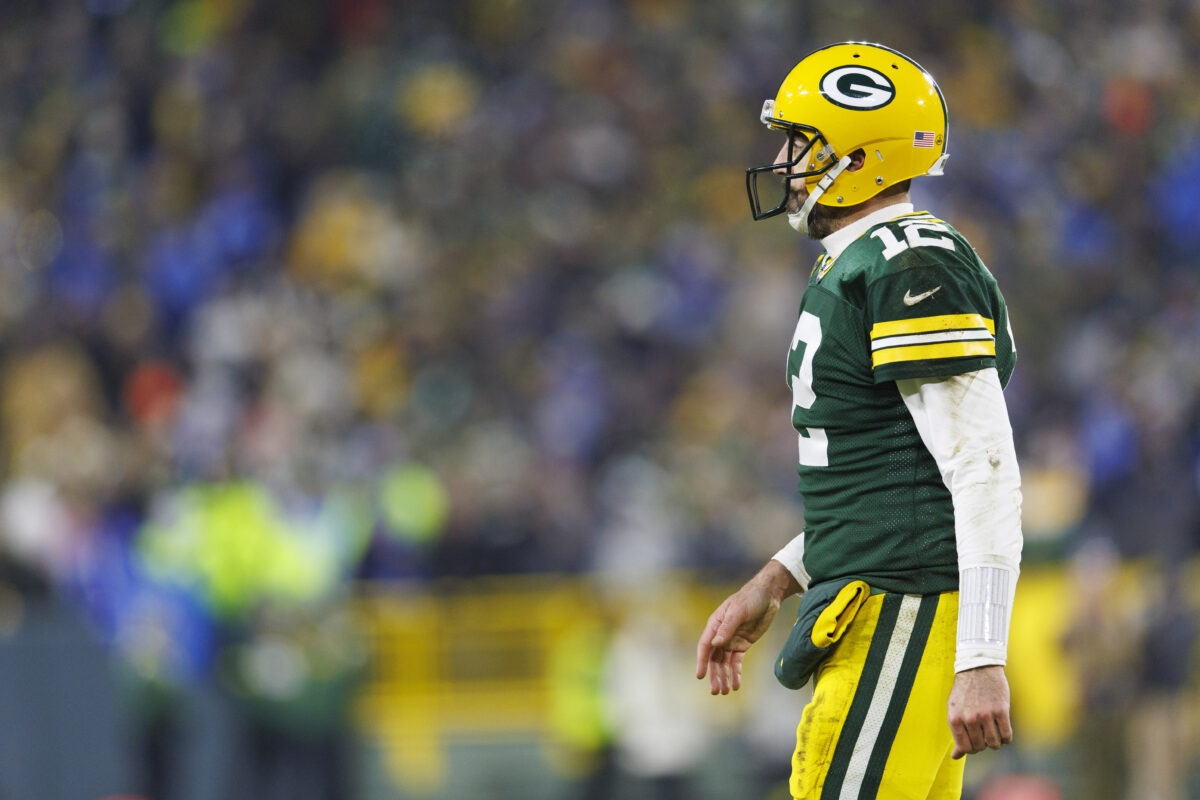With teams calling the Minnesota Vikings about a trade for star edge rusher Danielle Hunter, identifying his trade value has been a difficult proposition. That is due to his age and recent significant injury history with his incredible skill set and production profile.
Athlon Sports’ Luke Easterling looked at the potential draft pick value for Hunter and believes he would only fetch a fourth-round pick, comparing him to the recent trade of Za’Darius Smith to the Cleveland Browns.
When players get to this point in their careers, they’re unlikely to get as much money as they believe they’ve earned, and teams are unlikely to get as much compensation in return as they would like. If the Vikings end up parting ways with Hunter via trade, it would be surprising if they received anything more than a fourth-round pick in return.
One interesting element was Easterling comparing Hunter to current free agent Yannick Ngakoue, stating that if you want to trade capital for Hunter, you could just sign Ngakoue.
That being the case, it’s likely the Vikings could get more than a couple of fifth-round picks for Hunter and a pair of late-rounders, like they did in the Smith deal, thanks to his age and history of production.
But if another team wanted a 28-year-old pass rusher with a track record of production, they could just sign Yannick Ngakoue, who checks both of those boxes, and remains a free agent. The fact that player like that remains available might hurt Hunter’s chances of landing the big long-term extension he’s seeking, and might prevent other teams from giving up valuable draft capital just for the right to give him that deal.
That element makes things cloudy. While Hunter is better than Ngakoue, is he significantly better enough when you factor in the big contract and draft pick compensation, it becomes a real discussion.
A fourth-round pick is too low, and would be considered a front-office failure.












